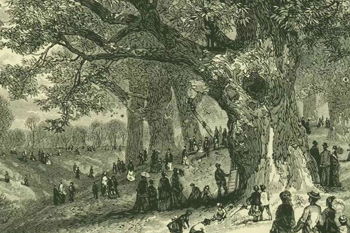Wow! I had no idea it was that rare and haven't filled out a locator form. There is a
Canadian Chestnut Council that monitors tree locations and will perform DNA testing on the leaves.
This one doesn't exactly have a straight trunk.
View attachment 5345057View attachment 5345058
Oznuts roasting on an open fire!
View attachment 5345059
Side yard. The American chestnut is on the far right, with an oak beside it and some Kentucky coffee trees next. In the foreground is a Ginkgo Biloba. Behind, (what you don't see) the next two rows are Austrian pines, followed by 15 Tulip tree, with the next two rows closest to the road being Norwegian spruce. Yeah, I love trees.
View attachment 5345060




 what a cutie patootie.
what a cutie patootie.






